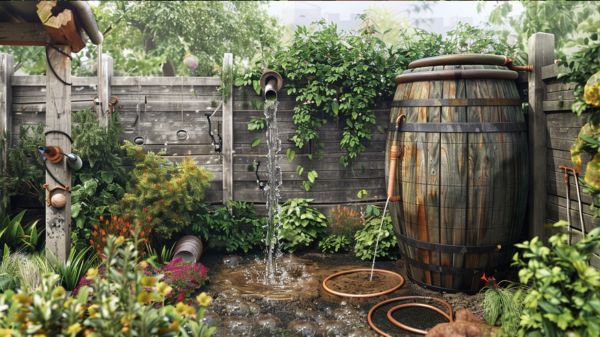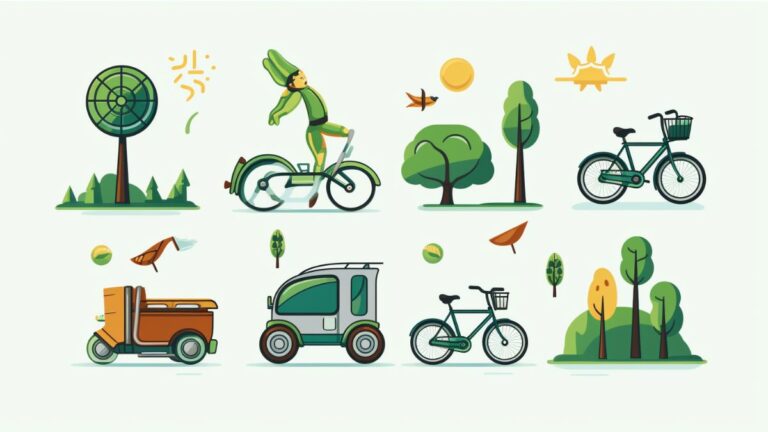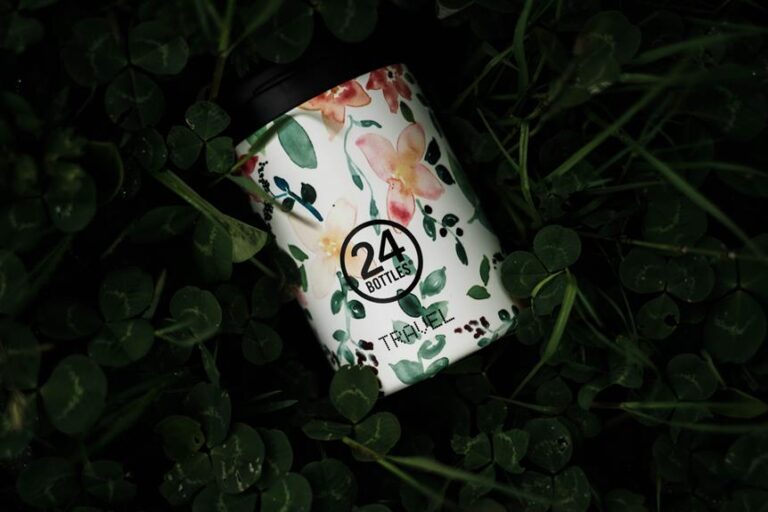Why Rainwater Harvesting for Sustainable Water Conservation?
In a world where water scarcity is a pressing concern, the quest for sustainable conservation methods has never been more critical. When it comes to preserving rainwater, the choice of the best method is not a simple one. Rainwater harvesting is of the best options for sustainable water conservation.
Various techniques exist, each with its own set of advantages and limitations. From rain barrels to complex rainwater collection systems, the options are diverse. However, one method stands out for its simplicity and effectiveness. Stay tuned to discover the most efficient way to conserve rainwater and contribute to water conservation efforts on a broader scale.
Key Takeaways
- Use rain barrels for easy collection and storage.
- Implement permeable surfaces to allow rain to seep into the ground.
- Create rain gardens to absorb and store rainwater.
- Install rain chains to guide rainwater into storage containers.
- Utilize drip irrigation systems for efficient water distribution.
Benefits of Rain Barrels
How do rain barrels contribute to water conservation during peak summer months?
Rain barrels play a vital role in conserving water by capturing and storing rainwater that would otherwise contribute to stormwater runoff. This stored rainwater can amount to saving up to 1,300 gallons during the peak summer months alone. By reducing stormwater runoff, rain barrels help minimize erosion and prevent the pollution of water bodies, promoting environmental sustainability.
One of the significant benefits of rain barrels is that they provide free water for outdoor use, such as watering plants or washing cars, thereby decreasing reliance on municipal water sources. This not only helps lower water bills for homeowners but also encourages the adoption of sustainable water practices.
Additionally, rain barrels are easy to install, cost-effective, and environmentally friendly, making them an attractive addition to home décor while contributing to rainwater conservation efforts.
Related Post: 10 Best Barrels for Rainwater Collection to Save the Environment.
Installation of Rainwater Collection Systems
The installation of rainwater collection systems necessitates a thorough evaluation of roof suitability, precise installation of gutters and downspouts, and the selection of suitable storage tanks. When setting up a rainwater harvesting system, ensuring that the roof material is non-toxic and suitable for collecting rainwater is vital.
Gutters and downspouts must be correctly positioned to channel water efficiently into the storage tank. The storage tank, which can be above or below ground, should be chosen based on the property’s water needs and space availability.
Regular maintenance is essential to keep the system running at its best, including cleaning filters, screens, and conducting water quality checks. Below is a table highlighting key components and considerations for installing a rainwater collection system:
| Components | Considerations |
|---|---|
| Roof Material | Non-toxic, suitable for rainwater collection |
| Gutters and Downspouts | Proper positioning for efficient water flow |
| Storage Tank | Above or below ground, based on water needs |
| Maintenance | Regular cleaning, filter checks, water quality inspections |
Importance of Rainwater Harvesting
Rainwater harvesting plays a critical role in sustainable water management, as it offers a way to reduce reliance on traditional water sources.
The environmental benefits of rainwater harvesting include mitigating stormwater runoff and supporting healthier landscapes.
Additionally, the cost savings associated with harvesting rainwater can lead to long-term financial advantages for individuals and communities alike.
Environmental Benefits of Rainwater
Conserving rainwater through harvesting practices presents a multitude of environmental benefits, essential for promoting sustainable water management in urban areas. Rainwater harvesting reduces the demand on groundwater, thereby promoting sustainable water usage.
Additionally, it plays an important role in mitigating urban flooding and the urban heat island effect. By providing a decentralized water supply, rainwater harvesting improves self-sufficiency and resilience in urban communities.
Moreover, this practice enhances groundwater recharge, contributing to the overall health of aquifers and ecosystems. Integrating rainwater harvesting in urban areas supports sustainable urban development by fostering water conservation and reducing reliance on centralized water systems, ultimately leading to a more environmentally friendly and sustainable future.
Cost Savings From Harvesting
Shifting from the environmental benefits of rainwater, the economic advantages of rainwater harvesting are increasingly recognized as a vital approach for cost savings in water management practices. Rainwater harvesting can lead to significant cost savings, especially with rising utility costs and water prices. Well-designed systems can result in drastic reductions in water bills.
While upfront costs vary, ranging from $100 for basic setups to over $20,000 for complex systems, the long-term savings are substantial. Municipalities offer incentives and rebate programs for rainwater harvesting, further enhancing cost savings for adopters. However, it’s important to be aware of regulations; special permits may be required for elaborate setups.
Researching the rules and regulations in your area is essential to maximize the benefits of rainwater harvesting.
Sustainable Water Management
Utilizing sustainable water management practices through the implementation of efficient rainwater harvesting systems is essential for reducing strain on traditional water resources and promoting environmental stewardship. Rainwater harvesting offers a decentralized water supply, contributing to self-sufficiency and lessening reliance on centralized systems.
This method not only helps in water conservation efforts but also plays a significant role in reducing demand on groundwater and municipal water supplies. Additionally, implementing rainwater harvesting systems can lead to significant cost savings, particularly in regions facing escalating utility costs.
Techniques for Rainwater Conservation
Implementing various collection methods and storage options is essential in effectively conserving rainwater. Techniques such as rain barrels, permeable surfaces, rain gardens, rain chains, and drip irrigation systems play a significant role in sustainable water management practices.
These methods not only help in water conservation but also contribute to reducing water pollution and enhancing overall environmental health.
Collection Methods
Rainwater conservation through collection methods involves storing water in various containers such as drums, rain gutters with barrels, and copper rain-chains to efficiently capture and utilize this valuable resource.
When considering techniques for rainwater conservation, the following methods can be implemented:
- Proper Sealing: Prevent larvae infestation and contamination by ensuring barrel tops are tightly closed or adding oil to the water surface.
- Diverse Usage: Utilize collected rainwater for tasks like watering plants, cleaning, and fulfilling non-potable water needs to reduce reliance on freshwater sources.
- Innovative Approaches: Explore alternative methods such as using bowls, constructing rain saucers, or directing runoff water to recharge borewells or implement recharge pit systems.
- Eco-friendly Practices: Promote sustainability by adopting quick rinses, responsible water consumption habits, and encouraging groundwater recharge to enhance rainwater conservation efforts.
Storage Options
To optimize rainwater conservation efforts, exploring diverse storage options is essential for ensuring sustainable water supply and efficient resource management. Rainwater harvested can be stored in tanks, barrels, or cisterns, each offering different capacities and customization to meet specific needs.
It is important to equip storage vessels with filters and screens to maintain the cleanliness of the collected rainwater. Proper storage methods play an important role in securing a sustainable supply of water for various purposes, thereby promoting efficient rainwater conservation practices. Factors such as space availability, water requirements, and budget considerations should be taken into account when choosing the best storage method.
Impact of Rainwater Harvesting
The utilization of rainwater harvesting techniques has shown a significant impact on the management of water resources in urban environments.
- Reduction of Storm Runoff: Rainwater harvesting can reduce storm runoff by capturing and storing rainwater for later use, preventing excess water from overwhelming drainage systems and causing urban flooding.
- Mitigation of Urban Flooding: By decreasing the volume of water entering drainage systems, rainwater harvesting helps mitigate urban flooding, enhancing the resilience of cities to extreme weather events.
- Groundwater Recharge: Rainwater harvesting promotes groundwater recharge, replenishing underground aquifers and improving water availability for both human consumption and ecosystem health.
- Contribution to Water Conservation: Implementing rainwater harvesting systems reduces the demand on municipal water supplies, contributing to broader water conservation efforts. This practice not only conserves water but also leads to cost savings on water bills and reduces reliance on utility-provided water sources.
Ultimately, rainwater harvesting plays an important role in sustainable water management practices in urban areas.
Best Practices for Water Conservation
Effective water conservation practices are essential for sustainable resource management in urban environments. One of the best methods for water conservation is through rainwater harvesting. By implementing rainwater harvesting systems, individuals can collect and store rainwater for various purposes, reducing the reliance on municipal water sources and lowering water bills.
Storing rainwater in rain barrels, cisterns, or tanks allows for easy access to this alternative water supply. Regular maintenance of these rainwater harvesting systems is important to guarantee their efficiency in water conservation. Additionally, incorporating eco-friendly techniques like rainwater harvesting promotes sustainability and self-sufficiency in water supply, reducing the overall environmental impact of water usage.
Related Post: Essential Guide for Rainwater Collection Barrels.
Frequently Asked Questions
What Is the Best Way to Save Rainwater?
To save rainwater effectively, consider utilizing water barrels, rain gardens, permeable pavers, green roofs, and rain chains. These sustainable methods offer innovative solutions for capturing and utilizing rainwater, contributing to water conservation efforts.
What Is the Best Method of Rainwater Harvesting?
The best method of rainwater harvesting involves a combination of rooftop collection, rain barrels, permeable surfaces, and green infrastructure. This approach optimizes water capture, storage, and utilization, making it ideal for urban gardens and sustainable water management.
How Do You Keep Rain Water From Stagnating?
To prevent stagnation in rainwater, implementing strategies such as promoting circulation, enhancing filtration, and avoiding contamination is essential. These methods help maintain water quality, prevent evaporation, and guarantee effective rainwater storage for various purposes.
How Do You Store Rainwater Long Term?
When storing rainwater long term, consider underground tanks, filtration systems, portable containers, UV treatment, and rain barrels. These methods guarantee water quality, prevent contamination, and support sustainable water management practices, crucial for addressing water scarcity and reducing reliance on municipal sources.
Conclusion
In summary, rainwater harvesting is the most effective method for conserving rainwater due to its numerous benefits. These include reducing reliance on traditional water sources, mitigating stormwater runoff, promoting groundwater recharge, and supporting sustainable water management practices.
By utilizing rain barrels, permeable surfaces, rain gardens, and other collection methods, individuals and communities can contribute to water conservation efforts and environmental sustainability.
Regular maintenance of rainwater harvesting systems is essential to guarantee maximum efficiency and maximize the environmental benefits of this conservation technique.






